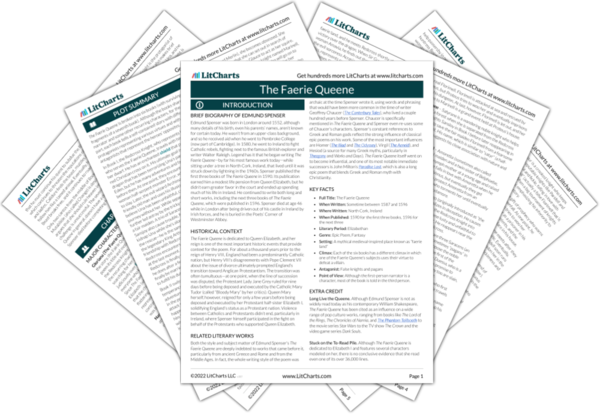Somewhat surprisingly, the evil Blatant Beast eventually manages to break out of the muzzle. Given the narrator’s statements at the end, this might be a veiled way for Spenser to complain about people who say bad things about his own poetry, who attack him just as the Blatant Beast attacks people with its poison tongue. It might seem unusual for a poem about good triumphing over evil to end with an evil beast roaming free, but part of the issue could have been that Spenser planned to write six more books of the poem, only to die before finishing them. The survival of the Blatant Beast could have also been a way for Spenser to criticize his own critics.
